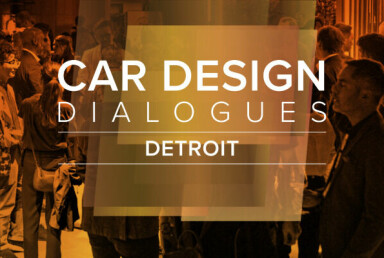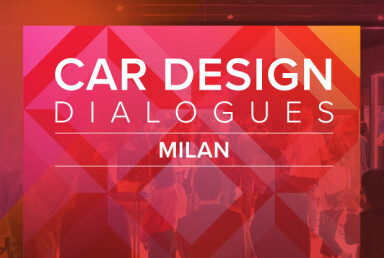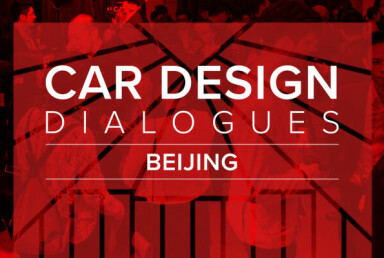Ford on CMF
"CMF fosters a deeper connection with the brand"
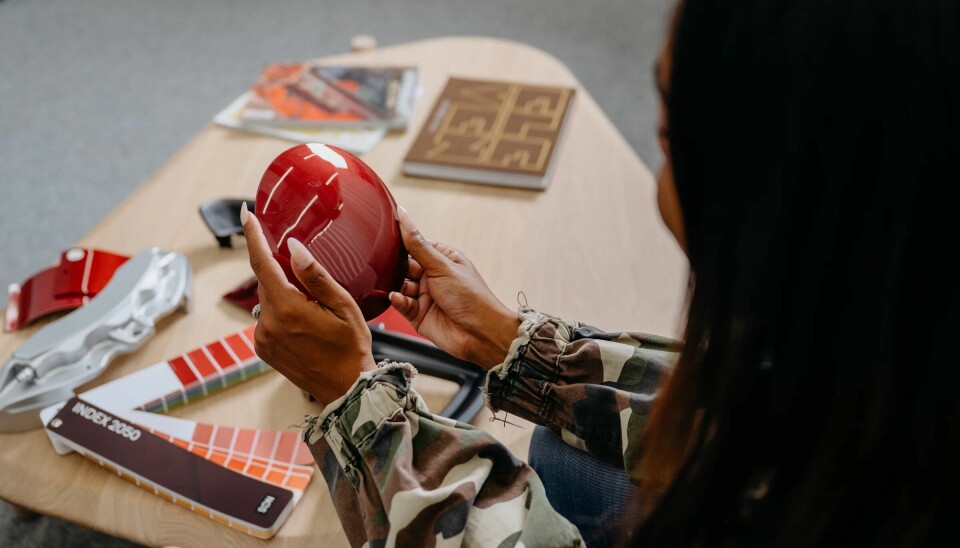
Ford's director of colour and material design, Alina Renoux, discusses the impact of CMF
It is not uncommon for car designers to find creative synergies between unlikely sectors. Having worked with brands like Whirlpool, Disney, Motorola and Nike, Alina Renoux's career certainly reflects that, and brings an eclectic mix of experiences to her role with Ford.
As director of colour and material design, Renoux and the wider CMF team in Michigan have a suitably broad portfolio of projects to work on, from hardcore off-roaders or performance cars to premium, urban and family-oriented models. Speaking to Car Design News, Renoux outlined the concept of 'meaningful CMF' and why digital tools have a bigger role to play than some might expect.
Car Design News: Could you describe Ford’s CMF mission and your own leadership philosophy in shaping it?
Alina Renoux: Our mission is to elevate physical sensory experiences through thoughtful colour and material solutions that are seamlessly integrated into the design. Taste and style are commodities that people desire. Meaningful CMF can offer a deeper emotional connection with our customers that is ultimately an expression of their lifestyle.
CDN: What is Ford’s approach to embedding human-centred design principles in CMF decisions?
AR: We partner with human-centred design experts at the start of the design process to understand the key experiences customers expect from their vehicles. We interpret those experiences into key CMF priorities, and partner with the vehicles' designers to create a seamless design expression.
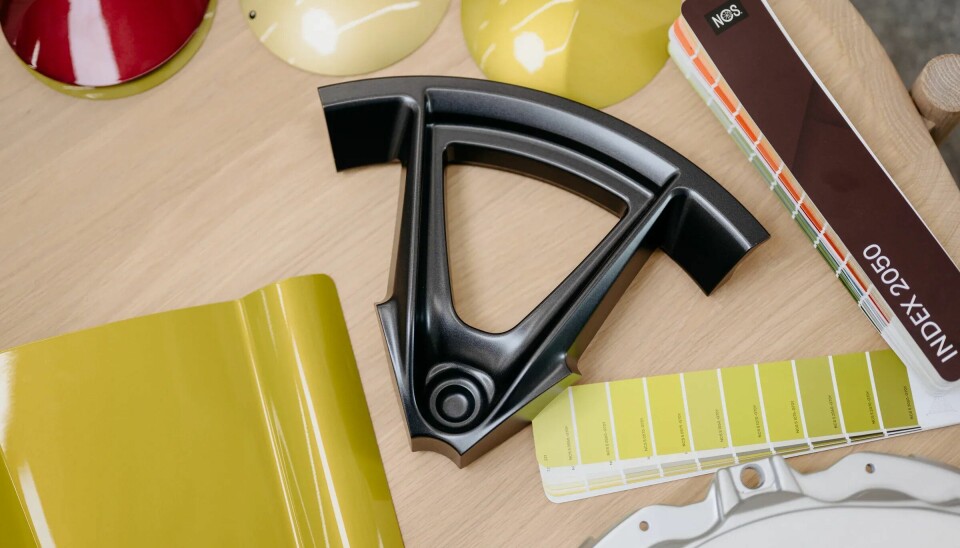
CDN: How do empathy, customer feedback, and real-world context influence your colour and material choices? How do you identify and validate upcoming colour and material trends in the automotive industry?
AR: The team continuously researches social, cultural, and economic trends to understand customer mindsets and influences. They utilise sources such as WGSN and The New York Times, attend design events like Milan Design Week, and engage with customers at events like King of Hammers [an extreme off-road race in the desert].
This research is then distilled to identify what is relevant to customers' lifestyles, enabling the team to communicate a story or feeling through colours and finishes that foster an emotional connection.
CDN: How do you balance aesthetic vision with practicality and engineering constraints?

AR: The process of design involves a delicate balance between artistic vision and scientific application. Once a clear vision is established, collaboration with marketing and engineering teams is essential to address constraints such as cost, timing, and complexity.
The aim is to find optimal solutions that effectively convey the design's purpose while preserving its inherent character. Throughout this process, a strong passion for the brand and a commitment to serving customers is paramount.
CDN: How are digital tools, like virtual reality and advanced material visualisation, influencing CMF ideation and decision-making?
AR: Digital tools, specifically 3D rendering software and VR, are essential in the creation process for experimenting and visualising various CMF proposals and combinations.
This allows for the exploration of how a specific colour or finish would appear on different vehicle body styles, such as a large truck versus a sleek Mustang, and how these elements integrate with other components like wheel finishes and trim combinations.
CDN: How does CMF storytelling contribute to building the emotional connection between customers and the Ford brand?
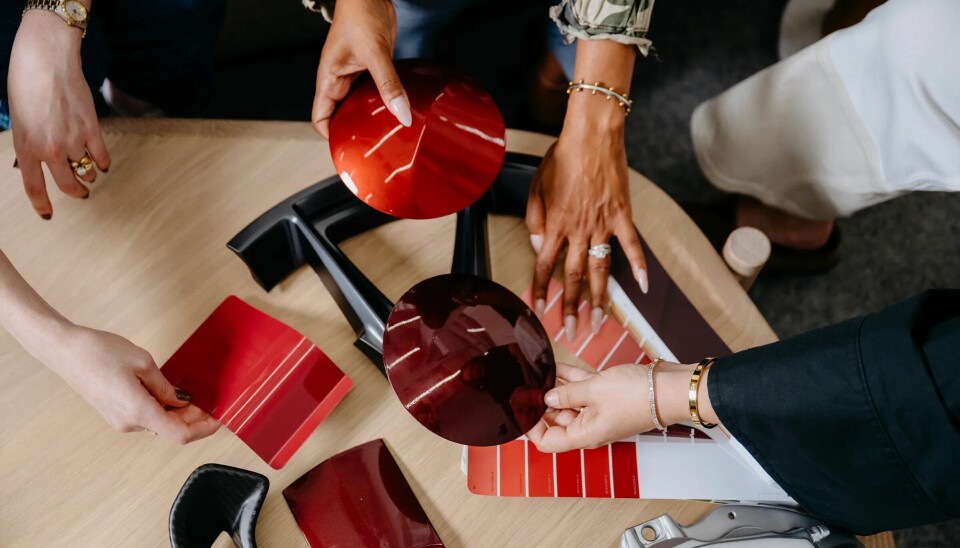
AR: CMF design is a method of storytelling that conveys a design's purpose and evokes emotions, such as confidence or exhilaration for example.
It's crucial to understand customer aspirations to curate purposeful colours and materials. For a brand like Ford, CMF storytelling offers an opportunity to connect customers with the company's iconic history while guiding them into the future through deliberate CMF curation.
Regardless of the industry, the core mission has always been to elevate physical sensory experiences
CDN: What skills or mindsets do you believe are most essential for designers seeking to work in automotive CMF today?
AR: It’s important to understand and appreciate the impact of great CMF and its role within design. Integrating CMF from the initial stages of design leads to a seamless product experience and results in thoughtful, purpose-driven products.
When customers perceive the care and passion invested in a product through its CMF, it fosters a deeper connection with the brand. Designers must understand the impact of CMF, exhibit curiosity and passion for design details, and be driven to innovate and push boundaries.
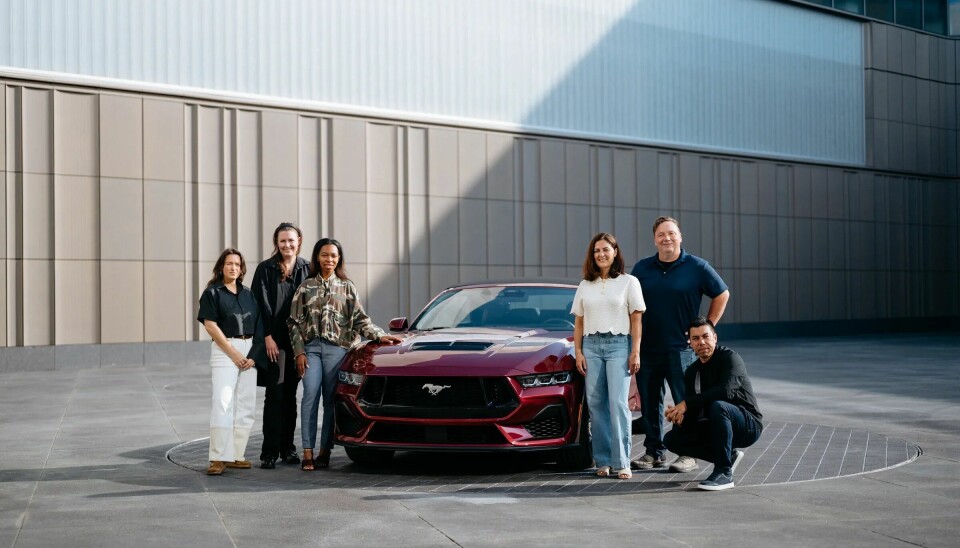
CDN: You've worked with quite an eclectic mix of brands prior to Ford. How have those experiences helped shape your approach to CMF in the automotive space, and does automotive do things very differently?
AR: Before joining Ford, I led design at innovative brands across various industries, including Nike, Jordan Brand, Pyrex, KitchenAid, Motorola Mobility, and Disney. Through these diverse experiences, I learned that different industries influence each other, and consumers often engage with products across multiple categories such as cell phones, cars or sneakers.
This led to the understanding that effective design requires tapping into consumer lifestyle aspirations and communicating a clear purpose. Regardless of the industry or product, the core mission as a CMF designer has always been to elevate physical sensory experiences by thoughtfully integrating colour and material into the overall design.

